MANAGING FIRM CONSTRAINTS WITH ACCOUNTING DECISION TECHNIQUES
Année du cours : 1 année(s)
Etablissement : IÉSEG School of Management
Langue : English
Formation(s) dans laquelle/lesquelles le cours apparait :
Période : S2
This course presumes fundamental knowledge of financial and managerial accounting reporting and analytic methods as covered in principles level courses. Knowledge of variance reporting and costing methods are helpful, as is a basic knowledge of “standard” accounting methods. Students with this background, a quick mind for quantative work, and an appreciation for innovative solutions and creative approaches to ptoblems will enjoy and be very successful in this course.
At the end of the course, the student should be able to:
1. Understand how the creative use of theory of constraints methods applies in managing business outcomes toward optimal decisions and improved firm profits. (Primary Learning Objective)
2. Develop a creative outlook in approaching business constraints.
3. Master some level of constraint management quantative techniques.
4. Understand how capacity constraints and opportunity costs influence optimal decision outcomes.
5. Distinguish between relevant and irrelevant financial decision information.
6. Identify the differentiating characteristics of financial reporting, traditional managerial accounting methods, and TOC methods, — including their advantages and limitations.
7. Understand the differences between absorption and variable cost reporting methods.
8. Appreciated the limitations of constraint management methods in certain conditions.
9. Further develop analytic, communication, and presentation skills.
This course develops a special topic within “Lean Accounting Methods,” focusing on optimizing productivity (/ profitability) through constraint management methods. These methods, largely Goldratt’s Theory of Constraints [TOC], have a large global following, although are not without its critics. It is a controversial area, making it all the more interesting, and relevant. TOC methods focus on direct action, with an emphasis on detecting and eliminating system constraints. Using a systematic, generally linear approach, TOC methods work toward firm optimization through short-term decision modelling. TOC shifts, and in some cases entirely eliminates, traditional financial reporting conventions. For example, absorption costing is not only disregarded, but considered the “enemy” (incongruent with decision optimization). Elements of variance reporting, activity-based costing, standard costing, and product cost reporting are among other traditional accounting areas that are bypassed in favour throughput analyses. Traditional inventory valuation methods are turned upside down. Inventory is considered a liability, not an asset. Reports that do not directly emphasize variable costs, throughput, operating efficiency, and profit-maximizing results are simply dropped. The result reshapes financial information into relevant, lean-based reports, targeting essential decision elements, and leading toward strategic decision outcomes.
The essence of lean accounting and TOC methods is a philosophy that postulates that the following three questions drive successful firm operations: “(1) what to change, (2) what to change to, and (3) how to cause the change.” Managerial accounting reports that target these issues provide the foundation for effective firm management and profit maximizing results. This course explores the foundations of lean accounting and TOC, then works toward developing a set of decision frameworks to facilitate answering those questions.

